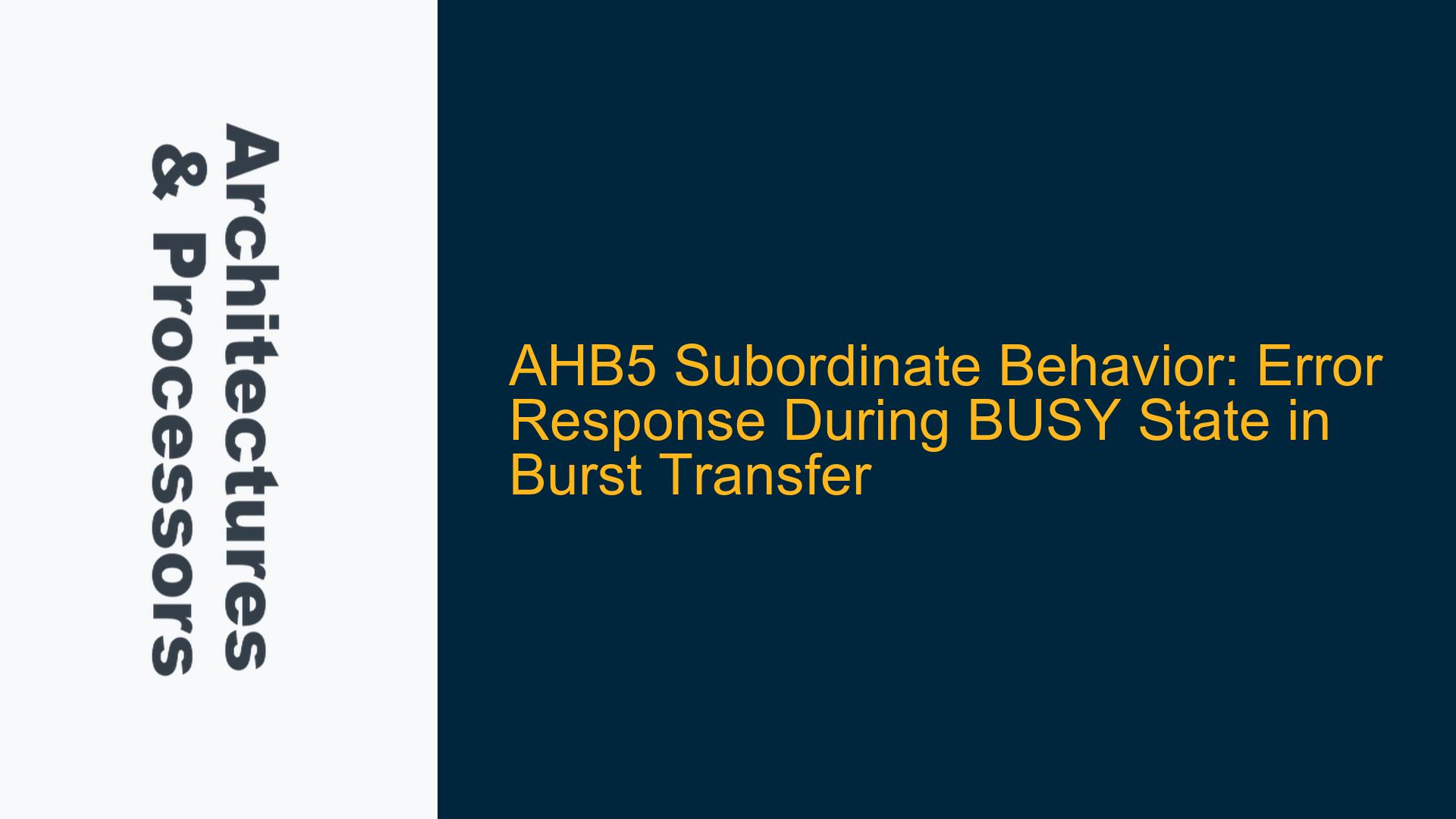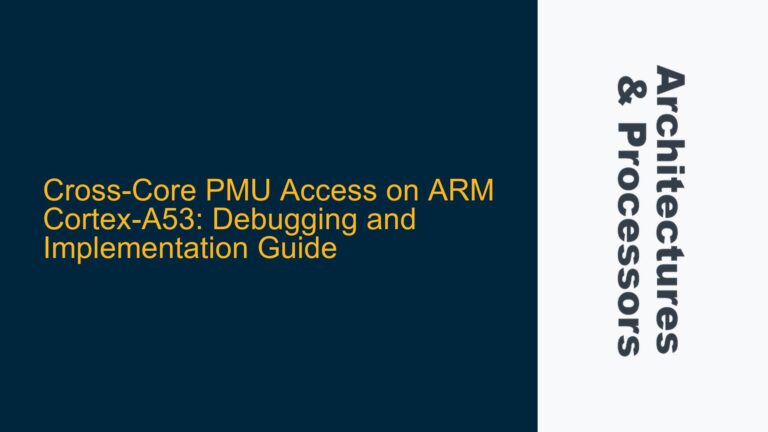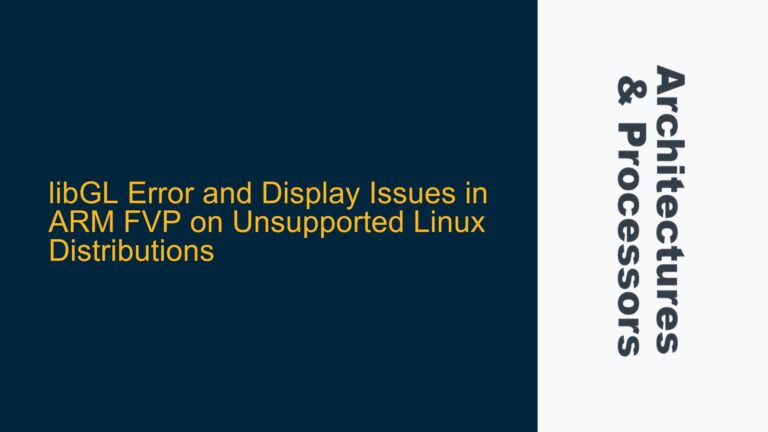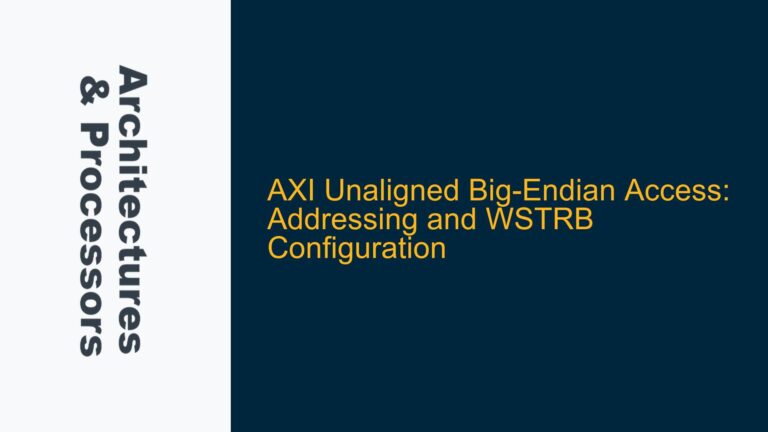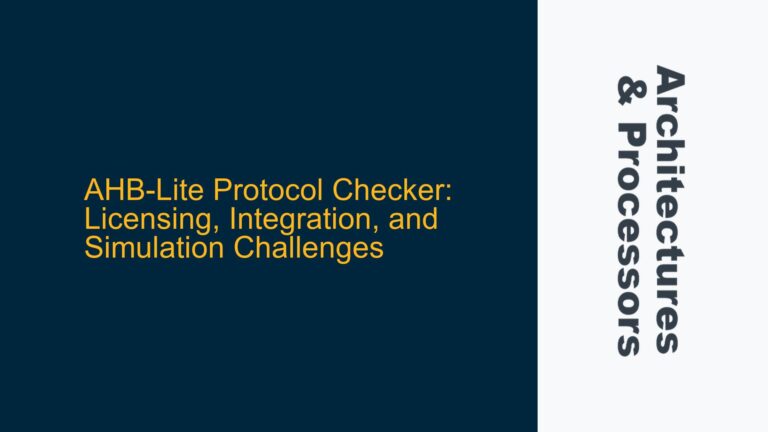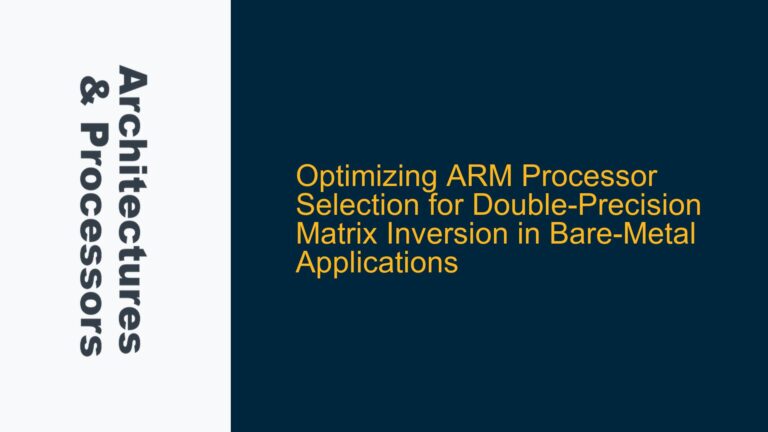AHB5 Protocol Compliance Issue: Error Response During BUSY State in INCR4 Burst
The scenario described involves an AHB5 subordinate encountering an error response during the first beat of an INCR4 burst, while the second beat is a BUSY state from the manager. This situation raises questions about the correct behavior of the subordinate, particularly in terms of protocol compliance and signal synchronization. The AHB5 protocol mandates that the subordinate must respond with an OKAY when the manager sends a BUSY. However, the presence of an error response in the first beat complicates this requirement, as the subordinate must also adhere to the two-step error response mechanism.
The core issue revolves around the timing and synchronization of the HREADYOUT, HTRANS, and HRESP signals. Specifically, the subordinate must ensure that the error response is correctly propagated while simultaneously handling the BUSY state from the manager. This requires a deep understanding of the AHB5 protocol’s timing requirements, particularly the sampling of HTRANS and the generation of HRESP.
The problem is further exacerbated by the fact that the BUSY state in the second beat occurs while HREADYOUT is low, which means the subordinate does not sample the HTRANS signal during this cycle. This creates a potential conflict between the error response mechanism and the BUSY state handling, as the subordinate must decide whether to continue the error response or switch to an OKAY response for the BUSY state.
Misalignment Between Error Response Mechanism and BUSY State Handling
The root cause of this issue lies in the misalignment between the error response mechanism and the BUSY state handling in the AHB5 protocol. The error response mechanism requires the subordinate to generate a two-step error response, where the first cycle indicates an error (ERR) and the second cycle returns to an OKAY state. However, the BUSY state from the manager introduces a conflicting requirement, as the subordinate must respond with an OKAY to the BUSY state, regardless of the ongoing error response.
This misalignment is particularly problematic when the BUSY state occurs during the second beat of the burst, as the subordinate must simultaneously handle the error response and the BUSY state. The protocol specifies that HTRANS is only sampled when HREADYOUT is high, which means that the BUSY state in the second beat is not sampled by the subordinate if HREADYOUT is low. This creates a timing conflict, as the subordinate must decide whether to continue the error response or switch to an OKAY response for the BUSY state.
Another contributing factor is the lack of clarity in the AHB5 specification regarding the handling of BUSY states during error responses. While the protocol clearly defines the behavior for error responses and BUSY states separately, it does not provide explicit guidance on how to handle the interaction between these two scenarios. This ambiguity can lead to implementation-specific behavior, which may not be fully compliant with the protocol.
Resolving the Conflict: Implementing Correct Signal Synchronization and Protocol Compliance
To resolve this issue, the subordinate must implement a mechanism that ensures correct signal synchronization and protocol compliance. This involves carefully managing the timing of the HREADYOUT, HTRANS, and HRESP signals to ensure that the error response and BUSY state handling do not conflict with each other.
The first step is to ensure that the subordinate correctly samples the HTRANS signal only when HREADYOUT is high. This means that the BUSY state in the second beat of the burst should not be sampled if HREADYOUT is low. By adhering to this requirement, the subordinate can avoid the conflict between the error response and the BUSY state handling.
The second step is to implement a state machine that manages the error response and BUSY state handling. This state machine should prioritize the error response mechanism, ensuring that the two-step error response is completed before handling any BUSY states. This can be achieved by introducing a delay in the BUSY state handling, allowing the error response to complete before switching to an OKAY response for the BUSY state.
The third step is to ensure that the HRESP signal is correctly generated in accordance with the AHB5 protocol. The subordinate must generate an ERR response in the first cycle of the error response and an OKAY response in the second cycle. If a BUSY state occurs during the second cycle, the subordinate should continue to generate an OKAY response, as required by the protocol.
To further clarify the implementation, the following table outlines the correct signal behavior for each cycle of the INCR4 burst:
| Cycle | HADDR | HTRANS | HRESP | HREADYOUT | Subordinate Action |
|---|---|---|---|---|---|
| T1 | 0x0 | NONSEQ | OKAY | 1 | Sample HTRANS, generate OKAY |
| T2 | 0x4 | BUSY | ERR | 0 | Do not sample HTRANS, generate ERR |
| T3 | 0x4 | BUSY | ERR | 1 | Sample HTRANS, generate ERR |
| T4 | 0x4 | BUSY | OKAY | 1 | Sample HTRANS, generate OKAY |
| T5 | 0xX | IDLE | OKAY | 1 | Sample HTRANS, generate OKAY |
| T6 | 0xX | IDLE | OKAY | 1 | Sample HTRANS, generate OKAY |
By following these steps and ensuring correct signal synchronization, the subordinate can resolve the conflict between the error response mechanism and the BUSY state handling, ensuring full compliance with the AHB5 protocol. This approach not only addresses the immediate issue but also provides a robust framework for handling similar scenarios in future designs.
